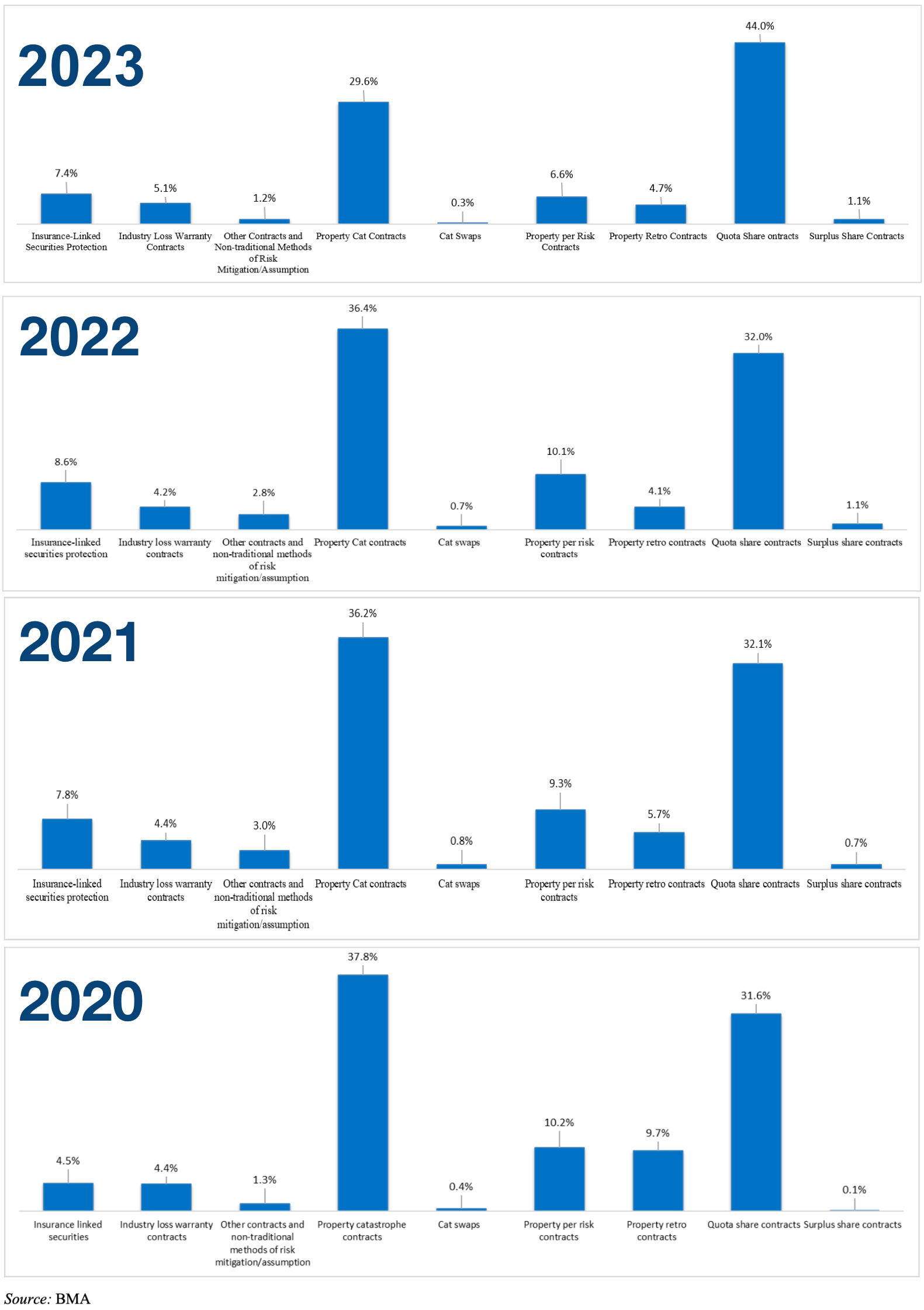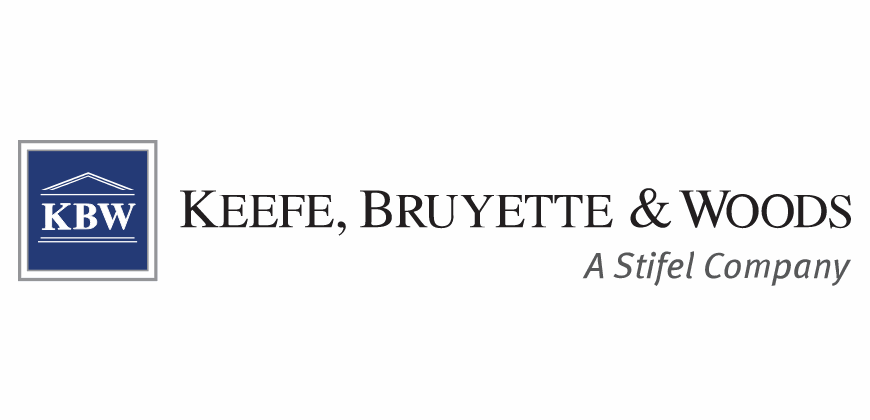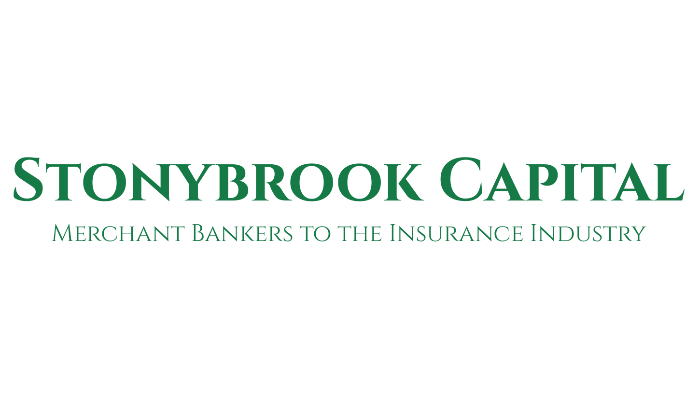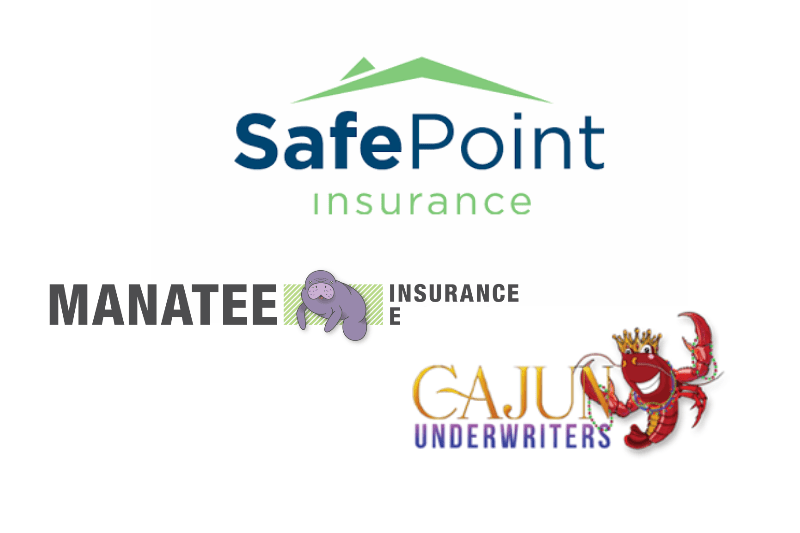After a field trip to Bermuda analysts at TD Cowen have concluded from their discussions with reinsurance and insurance-linked securities (ILS) market participants on the island that property catastrophe rates are coming under some pressure from retained earnings in the sector, as well as from the catastrophe bond and ILS market.
 As a result, the analysts say the consensus seems to be that property catastrophe reinsurance rates could see “further declines” at the January 2025 renewals, with projections suggesting rates will likely be between flat and down as much as 10%.
As a result, the analysts say the consensus seems to be that property catastrophe reinsurance rates could see “further declines” at the January 2025 renewals, with projections suggesting rates will likely be between flat and down as much as 10%.
In addition, the analysts also heard that property cat reinsurance rates at the mid-year renewals may also decline, year-on-year.
Weight of capital in the market seems to be the main driver that the analysts heard about from market participants in Bermuda.
This is coming from retained earnings in the traditional reinsurance market, as well as from ILS funds that have earned another year of attractive returns in 2024.
But, the analysts also heard that third-party capital “has yet to come back in a big way,” despite the recent strong returns across cat bond and ILS strategies.
Positively though, the analysts heard that terms and conditions are in general holding across property catastrophe reinsurance renewals.
“Terms and conditions appear to be holding, especially for private companies who don’t have to report price changes. Private companies would rather hold the line on terms and conditions and take a rate cut than start loosening those terms and conditions,” the analysts said.
However, it is not expected to be an even marketplace, with some renewals expected to see increases in rates.
The TD Cowen analysts said that, “For loss-affected cedents, pricing could be up as much as 30+%. Lower layers in the
reinsurance tower could also see pricing increases.”
On the weight of capital that is beginning to pressure property catastrophe rates, the analysts explained, “Retained earnings have also expanded the capital supply in the property-catastrophe reinsurance market, with one company estimating approximately $50 billion of retained earnings industry wide over the past two years. Catastrophe bonds and insurance-linked securities, an alternative to traditional reinsurance, have also driven pricing down.”
How the mid-year 2025 renewals pan out will depend on the outcome seen at 1/1, the analysts believe, but some further declines are seen as possible, they explain.
Positively, for the ILS sector, executives the analysts spoke with said that, “the ILS pie is big enough for there to be multiple winners.”
This seems to be more from a point of view of those managing third-party capital.
The analysts said, “For one thing, companies prefer to diversify their reinsurance panel. Moreover, the effects of climate change and social inflation are creating a persistent “protection gap” (i.e., the difference between the amount of coverage that is economically beneficial and the amount that is actually purchased).”
Pricing is also expected to come down in retrocession, with collateralized writers and general excess capital seen as contributing to an excess in this segment.
Companies are reporting retro rates could decline as much as 10% in 2025, the TD Cowen analysts said.
Also read: Property cat renewal rates seen down 5% – 10%, retro could fall 10% – 20%: BMO analysts.



















 English (US) ·
English (US) ·